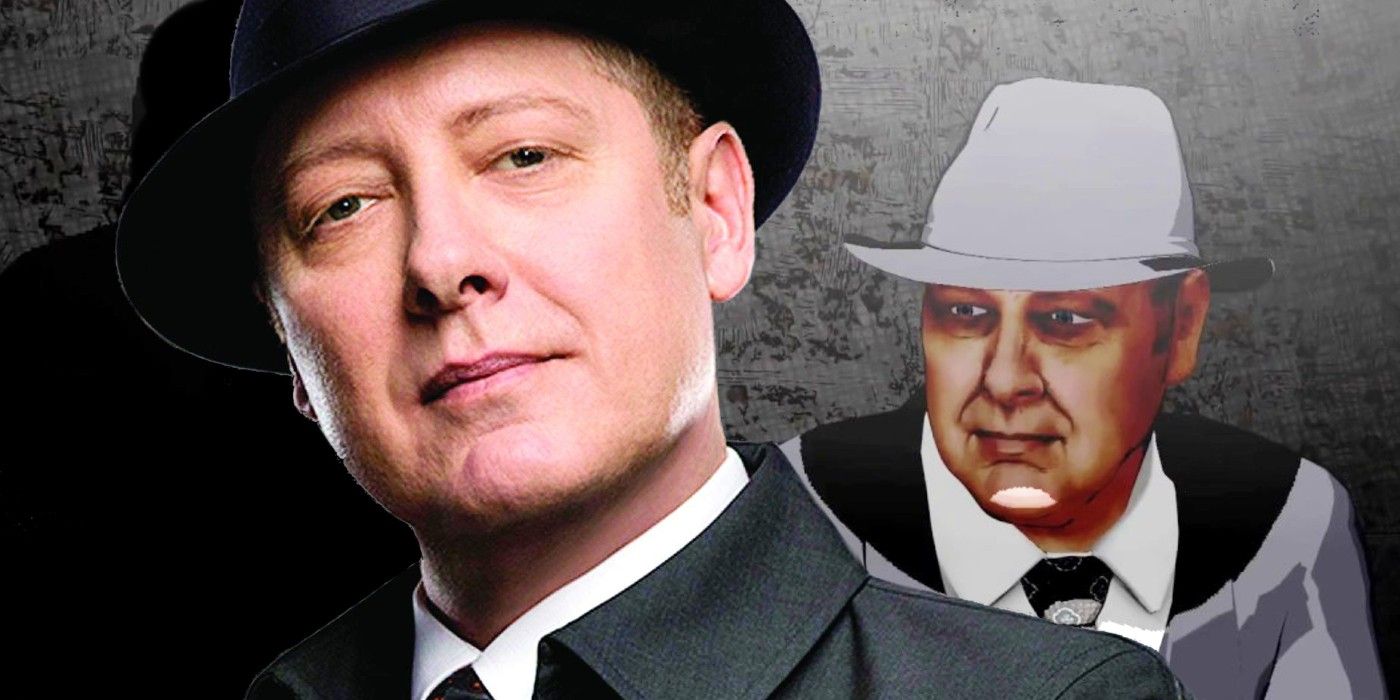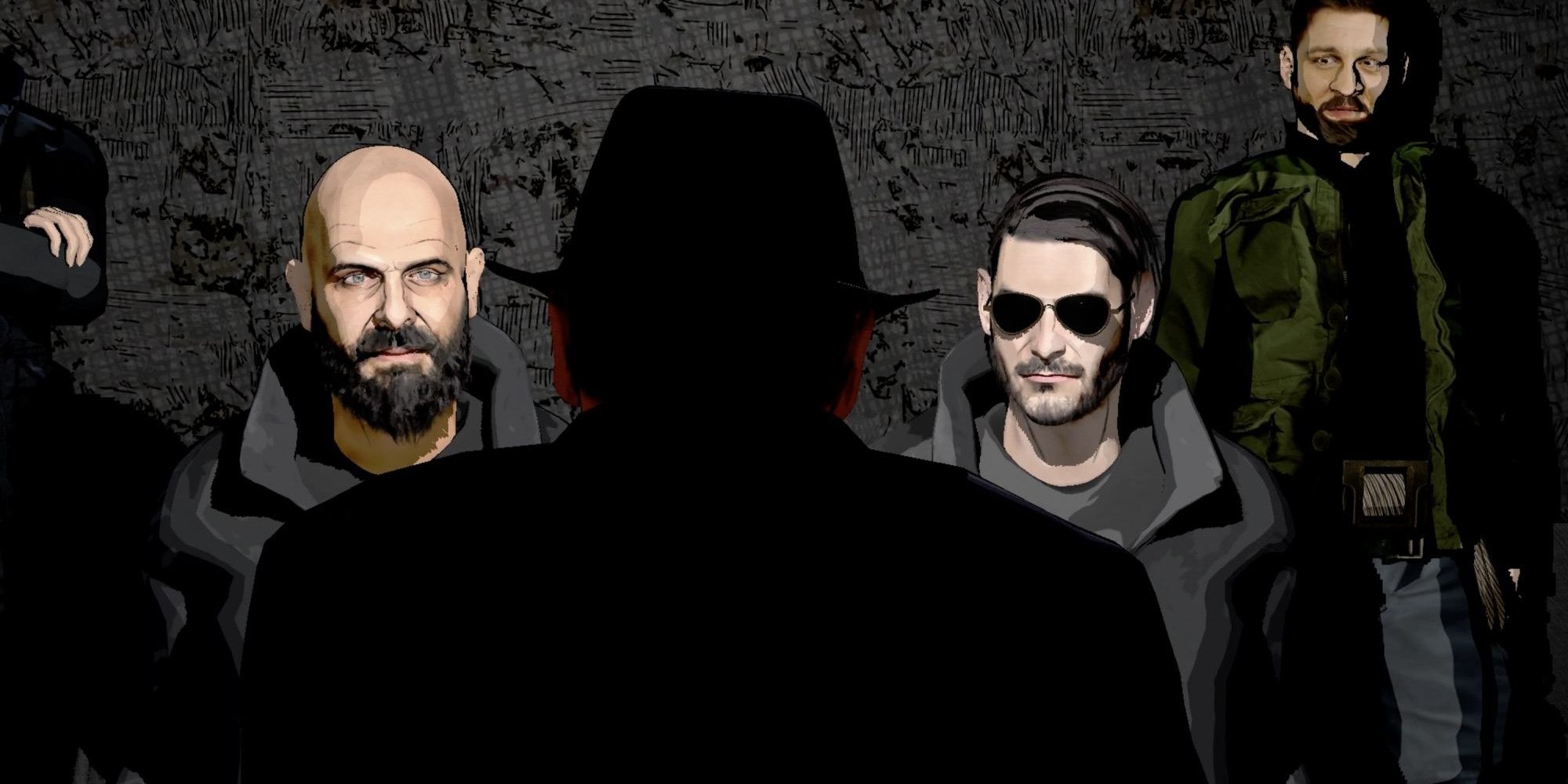NBC's The Blacklist aired its season 7 finale this past week with a hybrid format, crossing between live-action scenes and graphic-novel style animation. Producers got creative when filming of the season was cut short due to the pandemic social distancing rules. While many primetime television shows had to postpone or cancel the remainder of their seasons, The Blacklist's finale, titled "The Kazanjan Brothers," brought on a team of 35 animators to complete unfinished moments of the episode. The result was an episode that uneasily toggled between live-action and a cartoon.
The Blacklist follows FBI Agent Elizabeth Keane (Megan Boone) in a never-ending cat and mouse game with a criminal mastermind, Raymond Reddington (James Spader). The series debuted in 2013, and in its seventh season has shifted to a larger focus on the story behind Agent Keane as she tries to determine if her allegiance remains to Reddington. In 2015, Titan Comics turned the popular show into a comic, which in part was the inspiration for the animation style of the finale.
The episode began with a live-action scene that's abruptly cut short as viewers were taken on-location in New York City to when production was called off. Producers and writers shared video messages with viewers about how the final episode was put together, inspired in part by The Blacklist comic by Titan Comics. The next scene offers viewers the first glimpse of the animation they'll see throughout the rest of the episode. The setup for the animation felt disjointed, as the producer messages would have made more sense before the beginning of the episode.
Each transition to the animation was done through a static cut that visually made sense and technically moved the plot forward, but the quality and sequencing was distracting. For one major plot point, the indoor scene was animated, but the following car scene was live-action. Scenes like this would have made more sense if there was an overarching thematic reasoning behind the cartoon part - though obviously that would have been difficult to pull off, since the only thing linking those scenes was the fact that they hadn't yet been filmed. In addition, Spader’s ability to use small facial expressions to convey his inner thinking to viewers was lost in animation, despite the subtext boxes being added for effect.
The approach may have worked better if the finale had been delayed. The team could have used extra time to make the animation more appealing. The poor quality made it difficult to quickly decipher which character was on screen, and there were also small aggravations like hard-to-read subtext colors at several points. The only aspect of the animation that seemed to work was the scenery. The scene at the National Mall was visually captivating, but the viewer is again distracted when the close-up of Reddington doesn’t look like him.
One could argue that the episode's approach accomplished its goal of providing viewers with a visual sequence that moved the story forward. In fairness to The Blacklist, this was a bold and creative movie, and made sense for those familiar with the comic series. The episode ended with a "to be continued" that clearly sets up an enticing season 8, as we are left with Agent Keane looking like a super hero. As of now, season 8 of The Blacklist is expected sometime in 2021.


